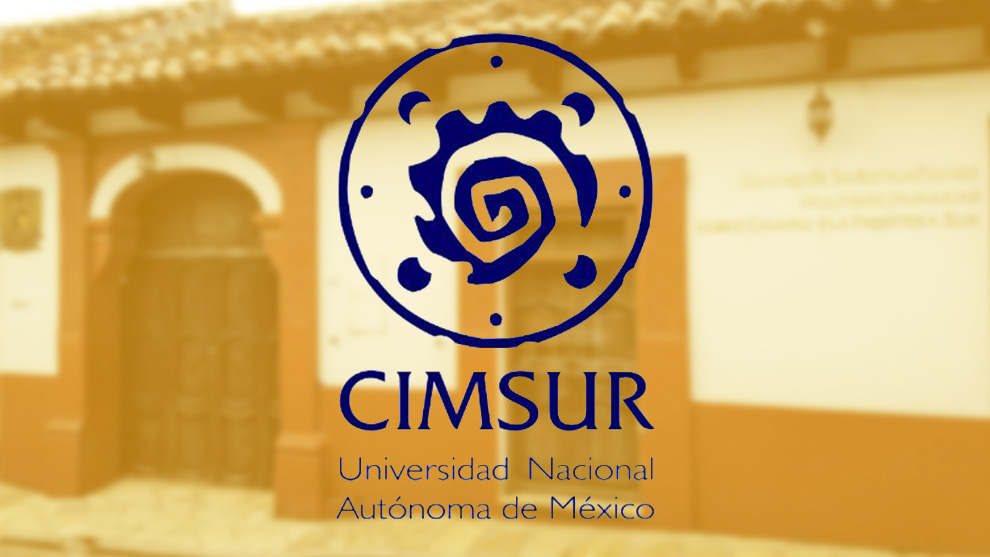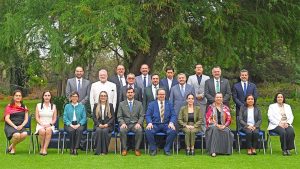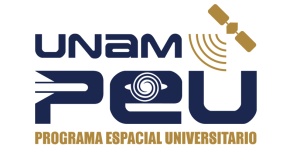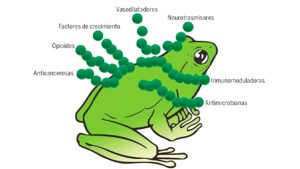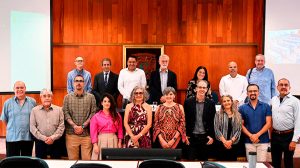Four Decades of UNAM in Chiapas and the Southern Border Region
UNAM has celebrated four decades of academic presence in Chiapas and Mexico’s southern border region.
For the people of Chiapas, the year 1985 marks a pivotal chapter in the region’s history: the escalation of agrarian conflicts and the humanitarian crisis caused by the arrival of over 120,000 Guatemalan refugees fleeing the Central American civil war. These refugees settled in camps along the Chiapas border.
Against this backdrop, and thanks to the efforts of UNAM legal advisor and Chiapas native Cuauhtémoc López Sánchez, the University began promoting the creation of the Center for Humanities Research on Mesoamerica and the State of Chiapas (CIHMECH) in late 1984. The center was officially established in San Cristóbal de Las Casas.
In his inaugural speech on April 26, 1985, López Sánchez emphasized the initiative’s primary goal: to advance the study of Mesoamerica and support research on Chiapas’s social realities.
By 1988, after overcoming numerous challenges, the center had evolved into the Program for Multidisciplinary Research on Mesoamerica and the Southeast (PROIMMSE), achieving formal consolidation.
Since then, academic production has grown consistently: 28 books, seven volumes of Indigenous Tales and Stories, the journal Pueblos y Fronteras, and the annual event of the same name reflect a sustained and dedicated scholarly effort.
Since 2004, under the leadership of Miguel Lisbona, the center has served as a hub for UNAM graduate programs and a key institution for studying Mexico–Central America relations.
In 2015, UNAM reaffirmed the institution’s status as a research center, now renamed the Center for Multidisciplinary Research on Chiapas and the Southern Border (CIMSUR).
